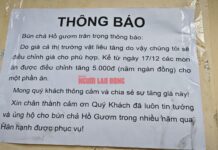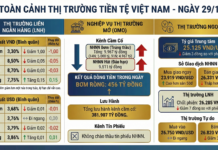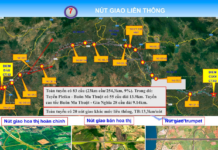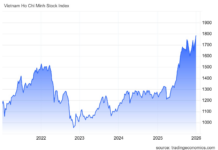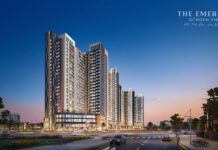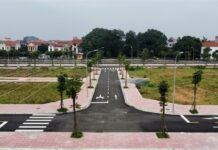Workshop on Draft Urban Planning for Ho Chi Minh City
January 31, 2022
On January 31, Deputy Chairman of the Ho Chi Minh City People’s Committee, Vo Van Hoan, chaired a scientific workshop to gather feedback on the draft urban planning for Ho Chi Minh City in the period 2021-2030, with a vision towards 2050.
In the final report, the consulting consortium proposed the planning scenarios for the urban areas, including a special center urban area, Thu Duc City (type 1), and three satellite cities: Hoc Mon – Cu Chi (type III), Binh Chanh City (type III), and District 7 – Nha Be – Can Gio (type 3). The official urban population is estimated to be around 10.5 million people, with an urbanization rate above 90%.

The construction and expansion project of National Highway 50 through Binh Chanh District will improve the connectivity between Ho Chi Minh City and Long An, Tien Giang.
Dr. Ngo Viet Nam Son, a member of the planning advisory team, argued that besides the central special urban area, which has traditionally been the economic and social development focal point of the city, Thu Duc City represents a new and promising potential – the fastest-growing area in the city in the future.
Furthermore, Dr. Ngo Viet Nam Son questioned the concept of satellite cities and the orientation of three satellite cities. He believes that there should be additional cities within the city, with a contribution to the economic and social development of Ho Chi Minh City equivalent to that of Thu Duc City.
In terms of the strategic development of Ho Chi Minh City in the future, Dr. Son suggested that two cities within the city should be planned: Nhà Bè District, District 7, District 8, and part of Binh Chanh in the south; and Hoc Mon District, Cu Chi District, and northern Binh Chanh in the north.
“Ho Chi Minh City will have a special center urban area and three cities within the city: Thu Duc City, the southern area, and the northern area. This division is not only about the area or urban management but also takes into account the economic and social impacts on the city. The southern area will focus on coastal economic development, while the northern area will focus on economic development, connected to Cambodia and the Mekong Delta,” Dr. Ngo Viet Nam Son said.
Dr. Son suggested that the Ho Chi Minh City People’s Committee carefully consider this crucial matter, as it will serve as a premise for future urban reorganization when the plan is submitted to the Prime Minister for approval.
Sharing the same view, Prof. Tran Du Lich, the team leader of the planning advisory team, recommended that the Ho Chi Minh City People’s Committee organize a workshop involving the integrated planning group (Ho Chi Minh City 2021-2030) and the city’s general planning until 2040, with a vision towards 2060, to discuss the spatial development orientation of the city, including the number of urban areas and the defining criteria.
“This is a very important issue that will fundamentally impact the city’s development. I propose an early workshop involving experts from both sides,” Prof. Tran Du Lich said.
Prof. Vu Thanh Tu Anh from Fulbright University emphasized that urban spatial development is the most important issue in planning and therefore requires in-depth discussions.



